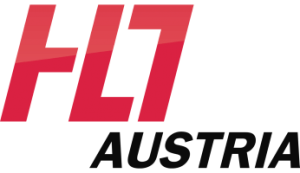
0.1.0 - ci-build

0.1.0 - ci-build
TCFHIRAGSchedulingR5 - Local Development build (v0.1.0) built by the FHIR (HL7® FHIR® Standard) Build Tools. See the Directory of published versions
We define two types of actors relevant to the scheduling process: Scheduling Client and Scheduling Server.
The Scheduling Client requests data relevant to appointment scheduling (Healthcare Service Providers, Healthcare Services, available time slots, etc.) using parameters from a Scheduling Server and books/edits/cancels appointments for a specific patient.
A Scheduling Server serves data relevant to appointment scheduling (Healthcare Service Providers, Healthcare Services, available time slots, etc.) and provides services such as: creating patients, booking/editing/cancelling appointments.
In this scenario a Scheduling Client directly interacts with a Scheduling Server. The Scheduling Server is typically an AIS or KIS offering an appointment booking API according to this implementation guide.
In this scenario one Central Booking Platform acts as a central Scheduling Server accumulating data from other Scheduling Servers and/or health information systems. Requests to the Central Booking Platform are relayed to known other Scheduling Servers. The other Scheduling Servers can either be health information systems or booking platforms which in turn access the APIs of other Scheduling Servers (either via FHIR or other APIs) in a cascading fashion. The Central Booking Platform aggregates search results from multiple sources for the Scheduling Client and relays requests related to appointment booking from the Scheduling Client to the target Scheduling Server. The Central Booking Platform is not required to persist scheduling related data, but can do so (e.g. for performance reasons).